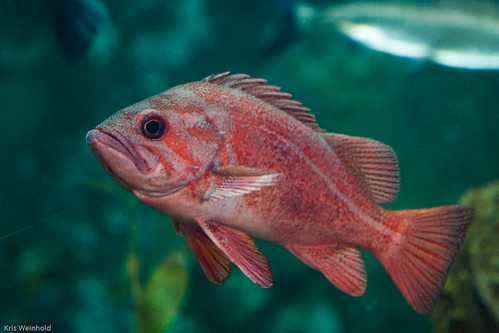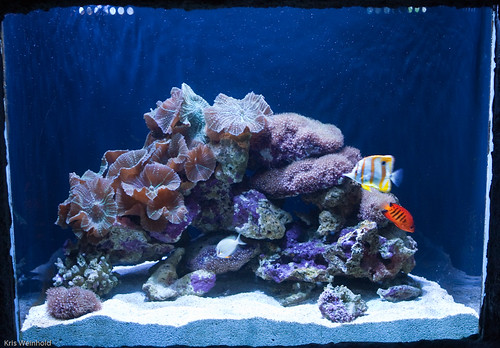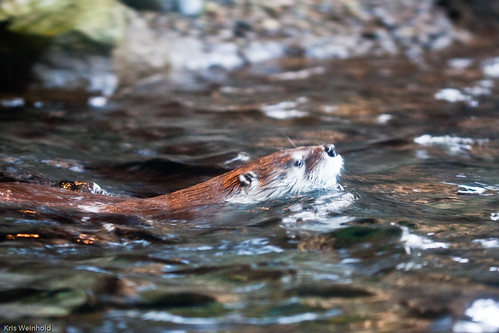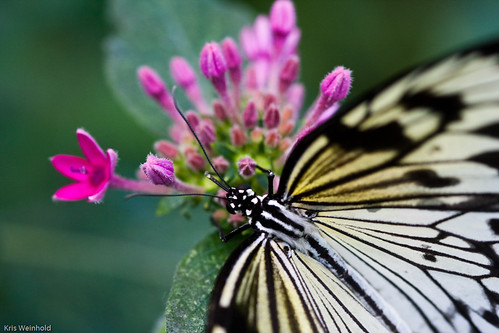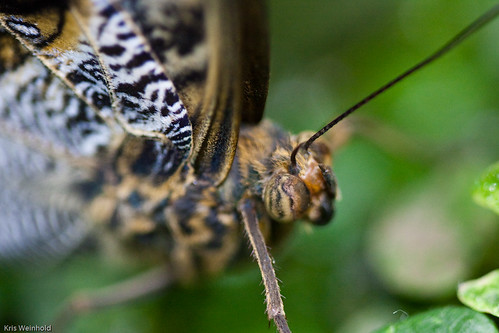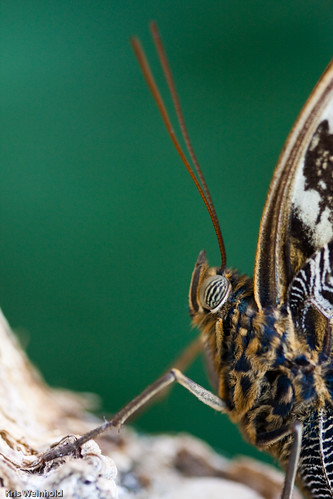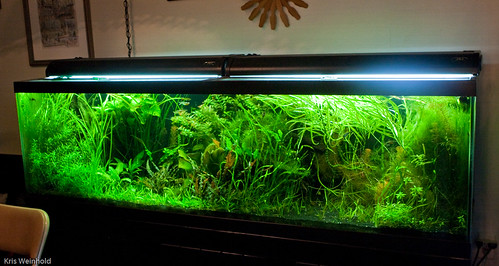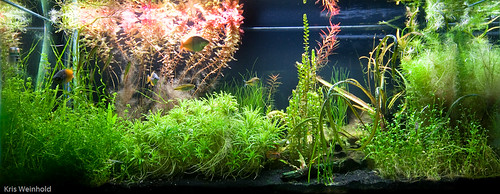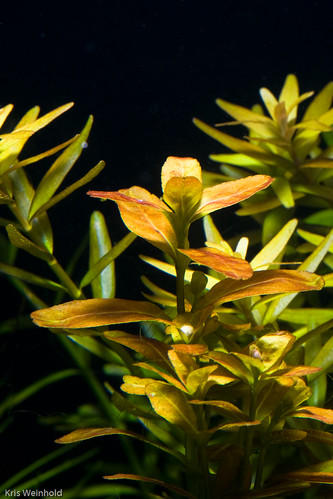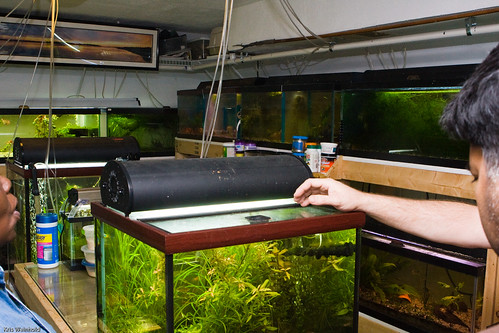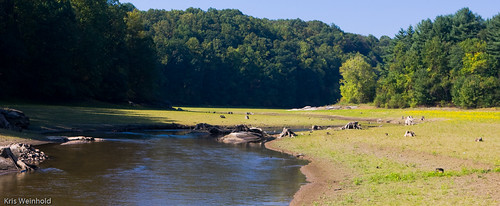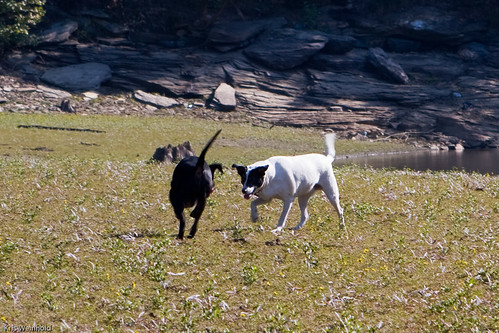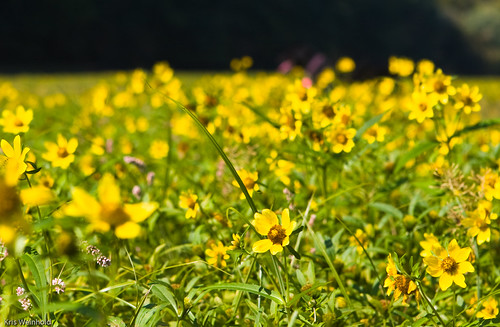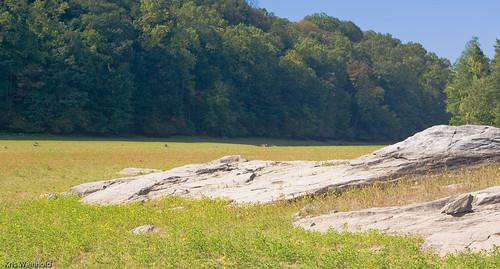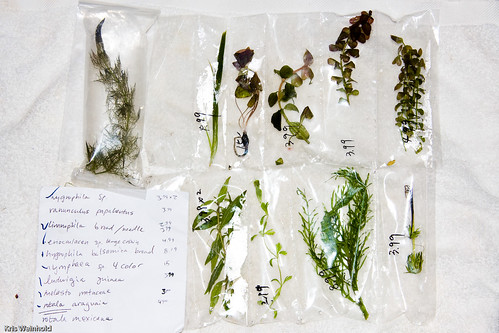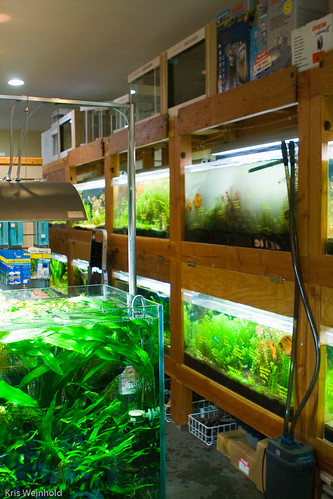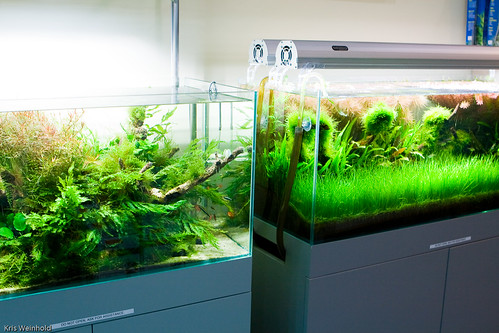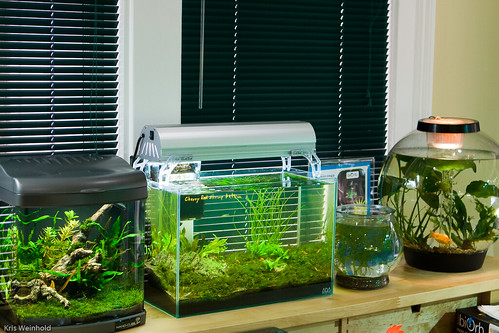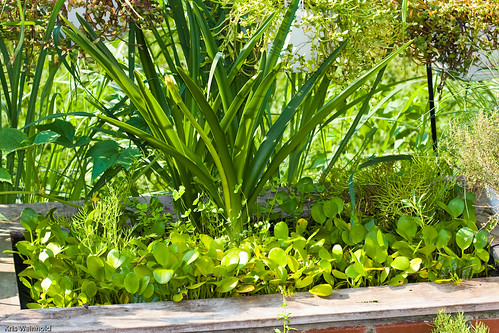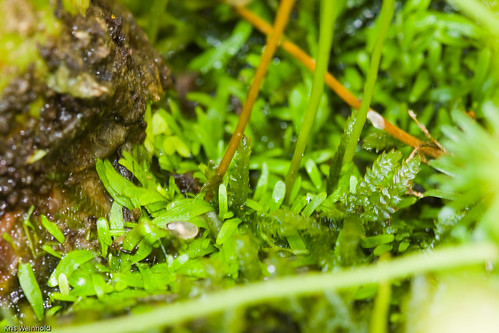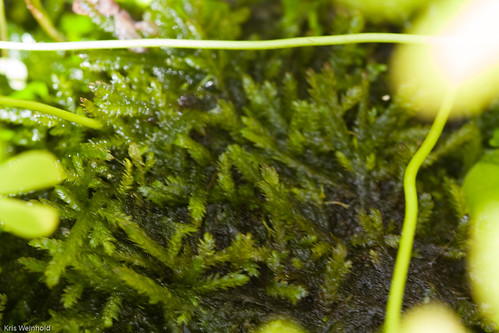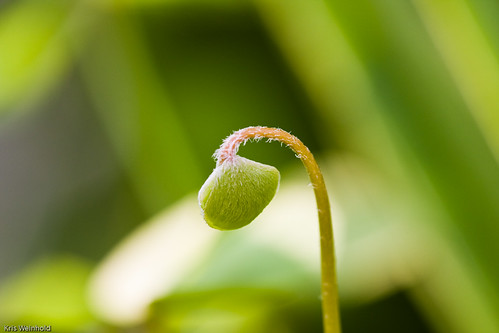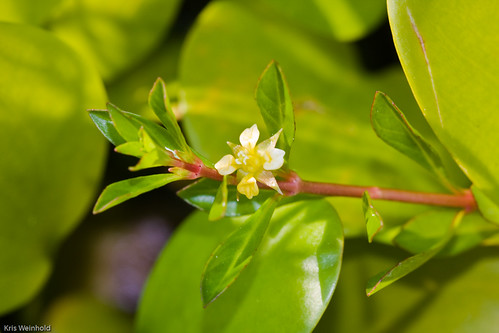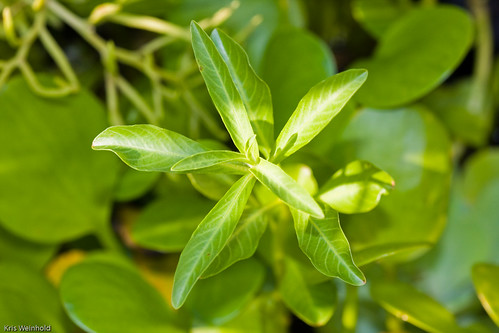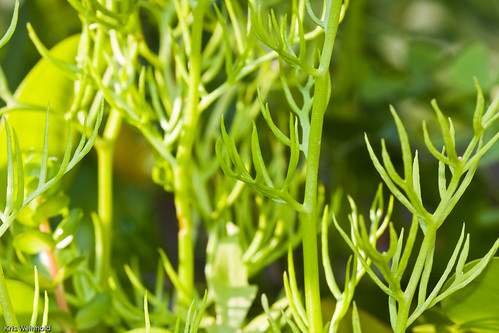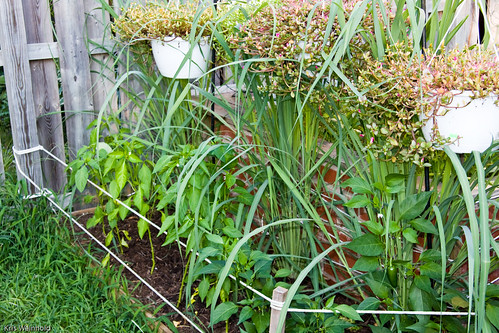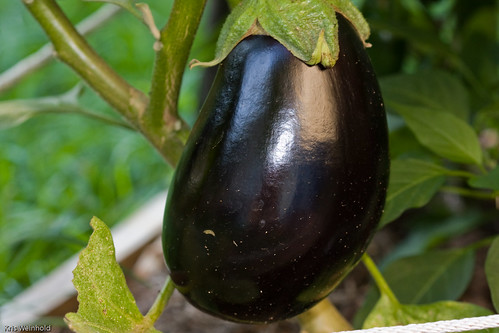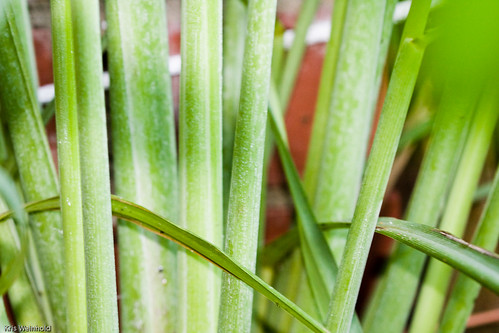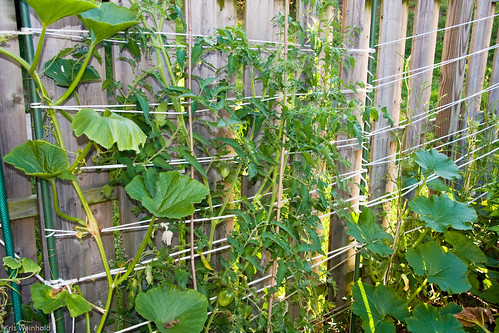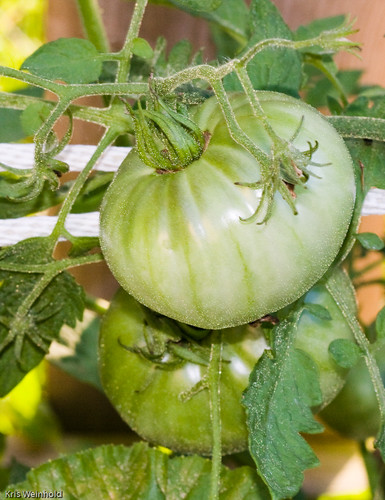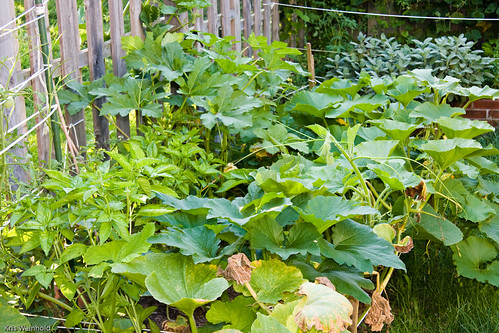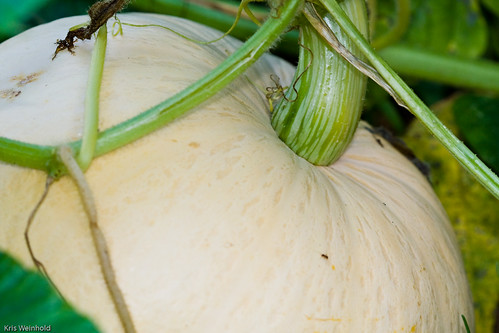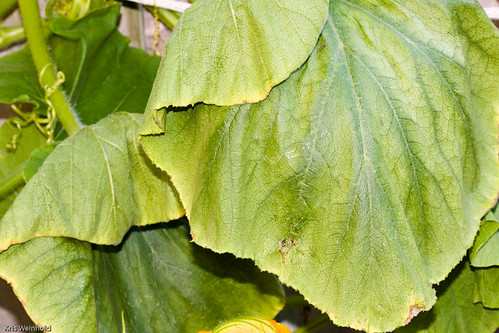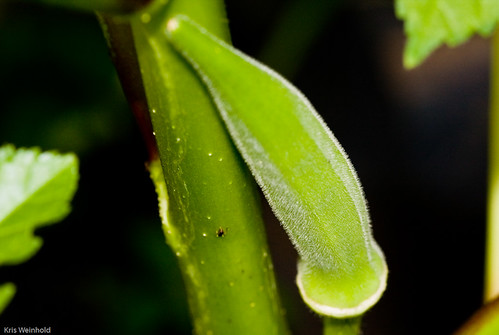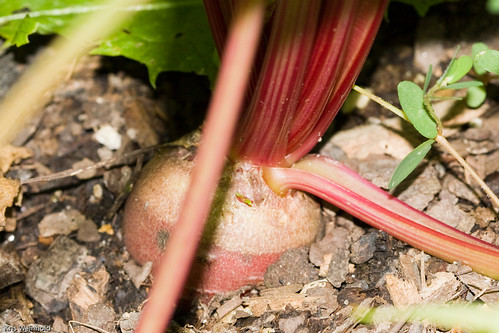Seattle Aquarium & Butterflies
March 17th, 2009Last week, my wife and I visited a friend in Seattle, and while I was there, I was able to visit the Seattle Aquarium and the butterfly exhibit at the Pacific Science Center. Upon entering the Seattle Aquarium you come to a huge floor-to-ceiling aquarium with all kinds of fish in it. After spending some time in front of that large tank, and walked around to a number of smaller saltwater aquariums.
Many of the saltwater aquariums there are the type that many hobbyists seem to be able to procure. They have a number of fan favorites including eels, clown fish, tangs, and various other fish you’d see in the movie Nemo.
I was a little bit disappointed at the complete lack of freshwater exhibits at the Seattle aquarium, although they did have a nice focus of fish native to the northwest region. In particular, they had a number of features surrounding salmon, for which the area is well-known for.
They had salmon at various stages of their lives, along with descriptions about what wild salmon would be doing, including whether or not they would be in fresh of salt water at the time. The aquarium also exhibited a large number of salmon ladders, which during the proper time of year would show the fish returning home from the wild to their hatchery. I hope to get back to Seattle sometime in the future during the salmon migration.
And of course, no aquarium would be complete without their water birds and mammals. The otters were particularly active that day, swimming back and forth, chasing each other, and seemingly having a grand old time.
While the aquarium didn’t have a single planted aquarium exhibit, the native habitat exhibits were worth the price of admission. All of the exhibits there were well-done, and the building itself is a modern facility. Overall, I would recommend visiting the Seattle Aquarium. After visiting the aquarium, I decided to walk across town to the Pacific Science Center, where I had previously spotted their beautiful glass-enclosed butterfly exhibit.
The science center features an IMAX theater, and a huge array of science-related exhibits. This facility is no-doubt largely targeted toward kids, but I still had a nice time browsing what they had to offer. Of course, the main thing I came to see was the butterfly exhibit.
To enter the butterfly room, you have to first go into an adjacent room, where the doorways have blowers to prevent the butterflies from escaping. Once inside, you are in a beautiful 2-3 story glass sun room with a number of tropical flowering plants. At first, I didn’t see any butterflies, but then I realized that they were all around.
They had quite a variety of different butterflies, a few that I recognized from when I spent some time down in the Peruvian Amazon. I’m not sure if some of them were actually moths or not, but all were very pretty. Some folks seemed to attract the butterflies to them, so when everyone left the room they were inspected by the staff to ensure that no critters were tagging along.
I really enjoyed my visit to both the aquarium and the science center. I have a few other photos from my trip on Flickr. If anyone else has been to these places, and would like to add anything I missed, feel free to do so in the comments.
